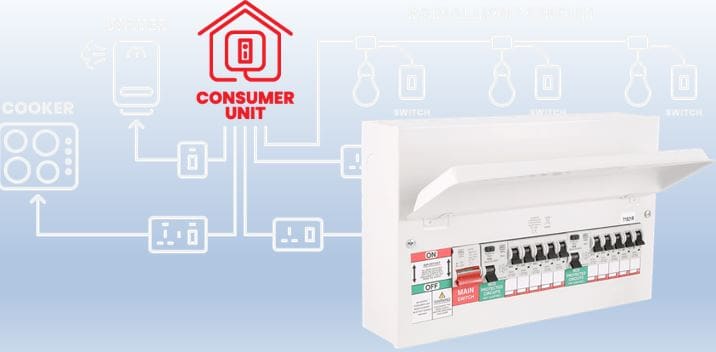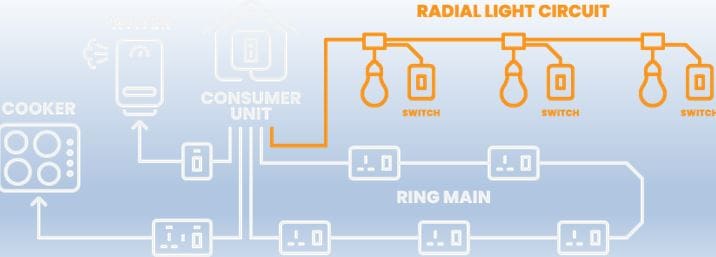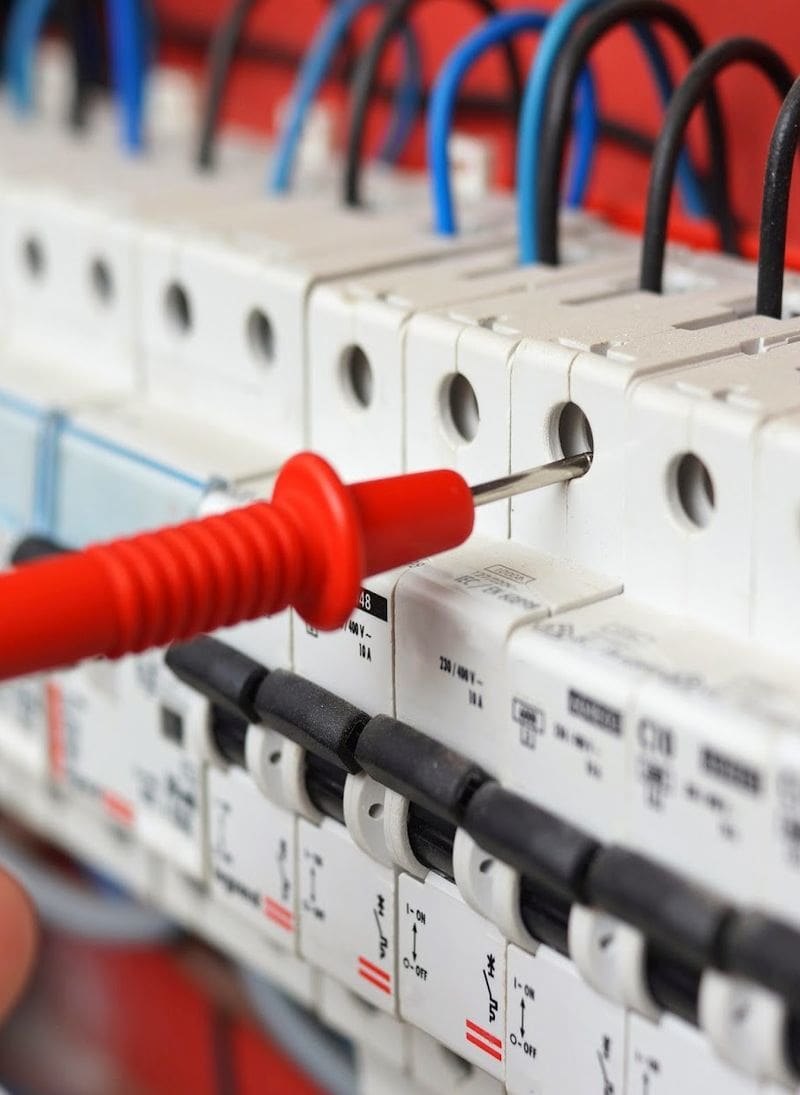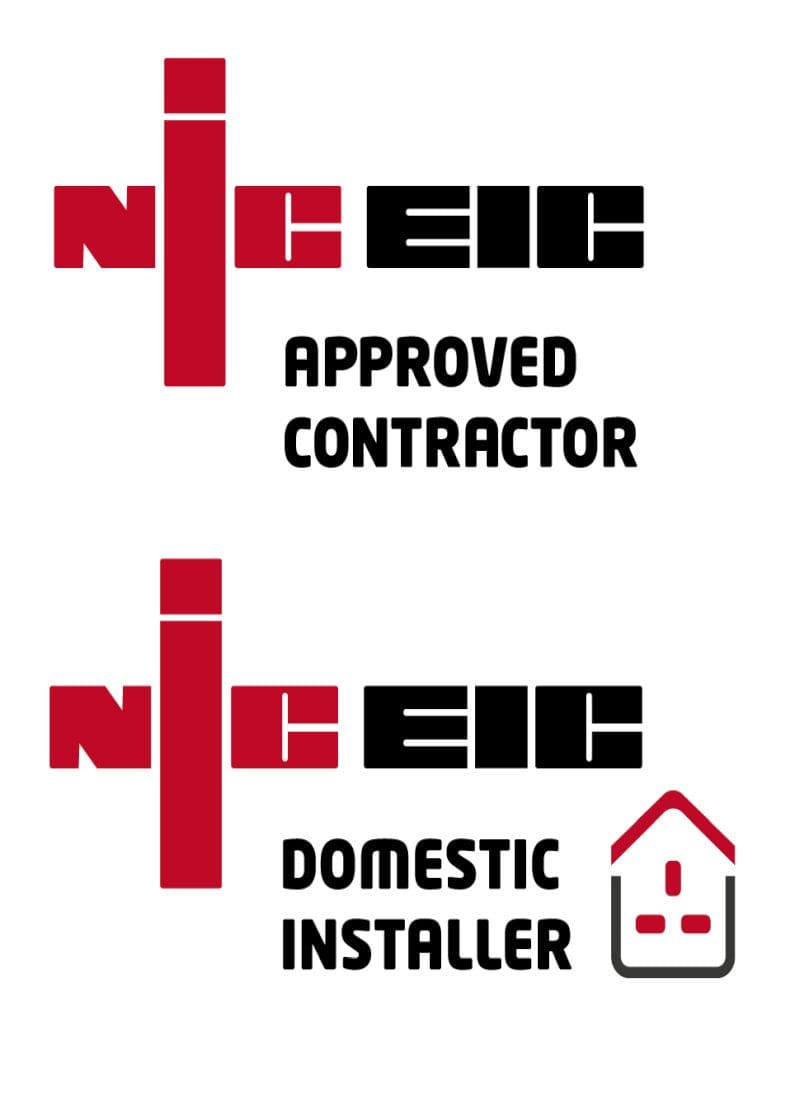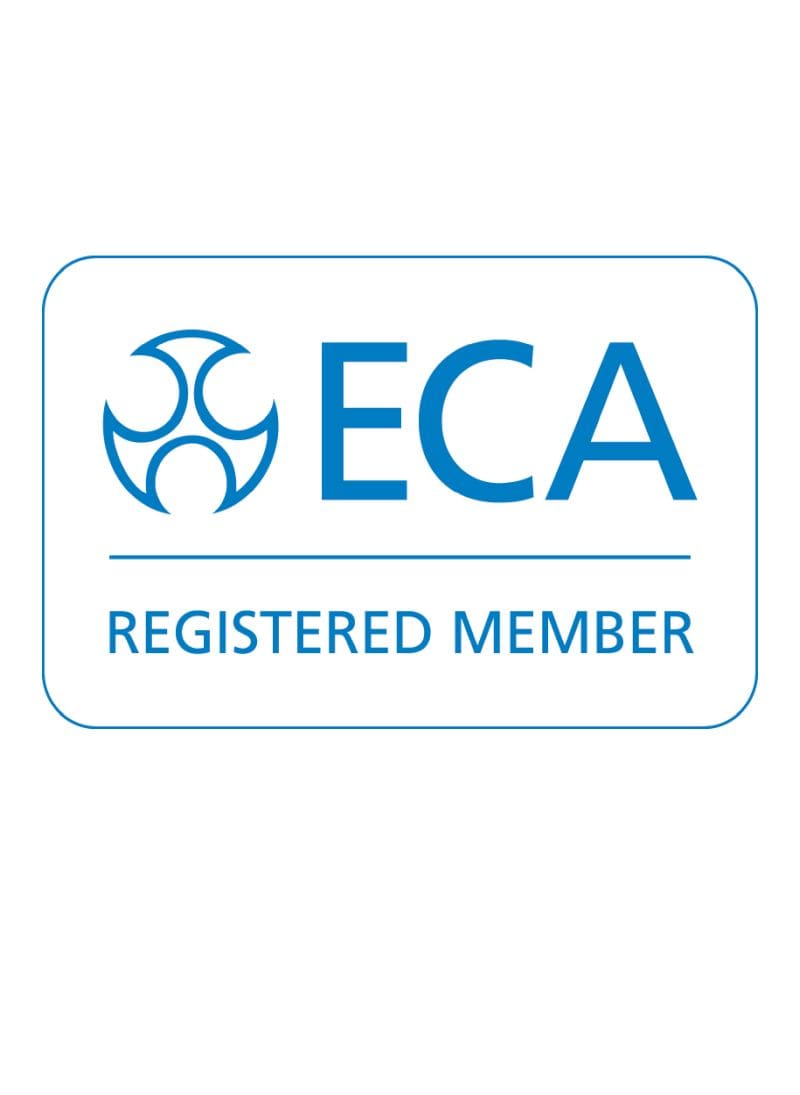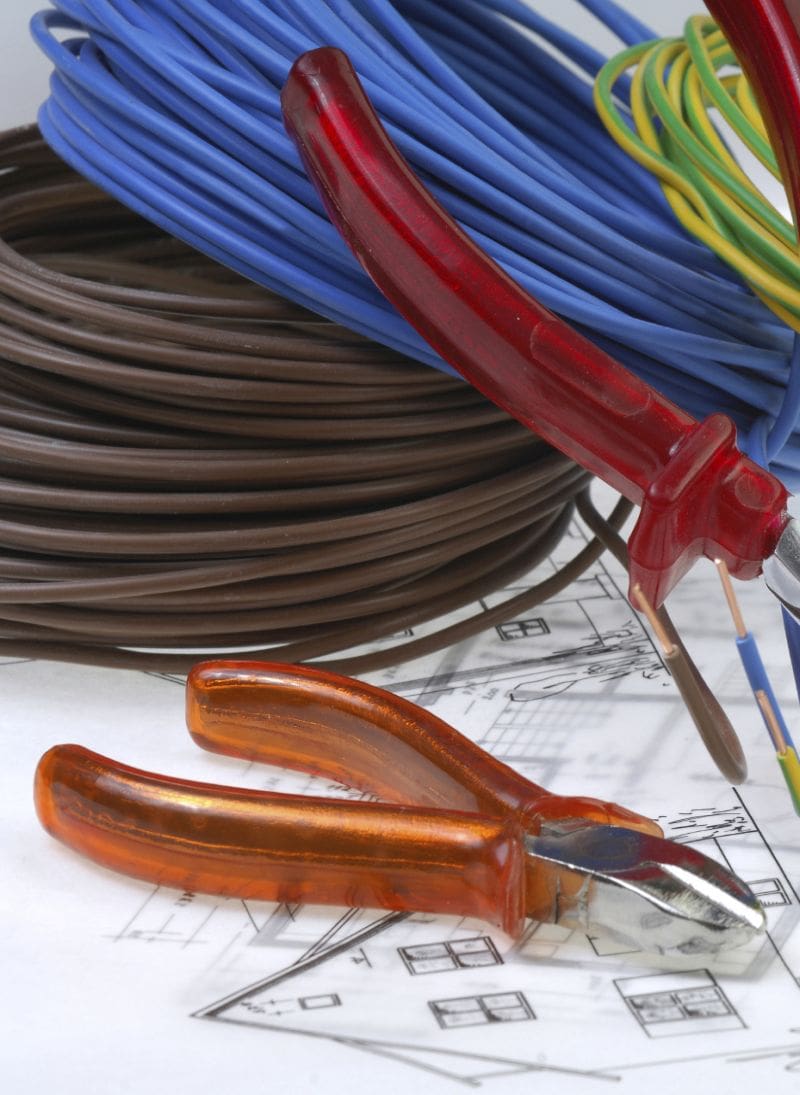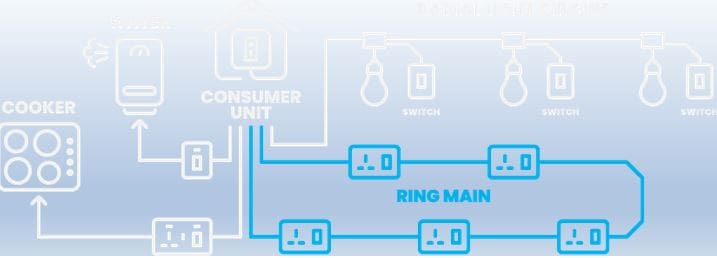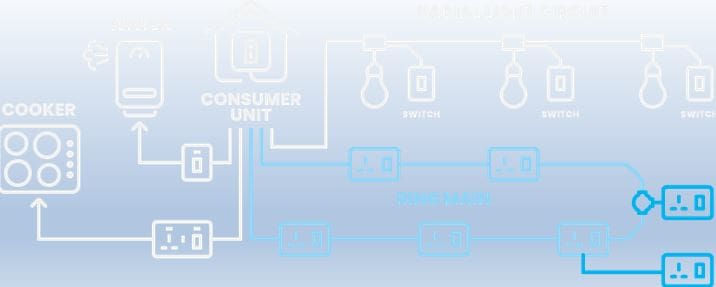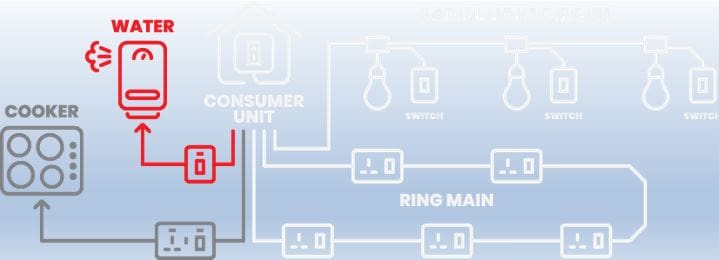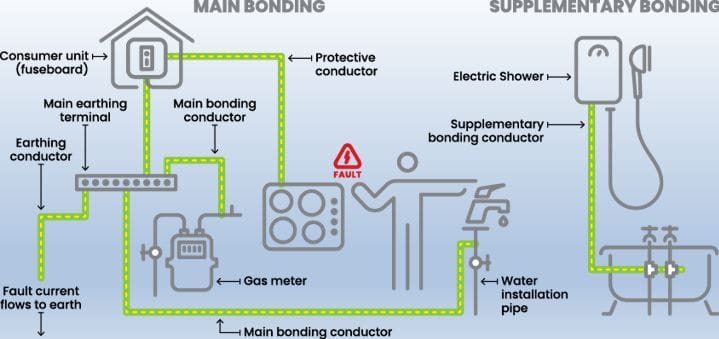House Rewiring
Electrical ContractorElectrical Installation | Electrical Maintenance | Electrical Inspection & Testing
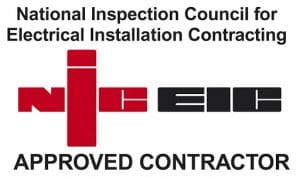
House Rewiring
Rewiring your home?
Need an Electrician?
01535 687010
F.A.Q.
Frequent Questions
What is an EICR?
The Institute of Electrical Engineers (IEE) advises that electrical installations are periodically inspected, tested, and certified. An Electrical Installation Condition Report (EICR) is an inspection of the condition of an existing electrical installation for defects. An EICR is a series of tests which ensure the electrical installation complies with national safety standards as required by the BS7671 Wiring Regulations. This ensures the continued safety of existing electrical installations.
How often is an EICR required?
- Every 10 years for households or domestic dwellings
- 5 years for offices, hospitals, schools, leisure centres and retail
- 3 years for factories and industrial installations
- 5 years for rented accommodation (or change of occupancy)
- 1 year for special locations such as swimming pools & petrol stations
Why do I need an EICR?
What is an Electrical Installation Certificate?
House Rewiring
“We are NICEIC Approved Electrical Contractors & Domestic Installers & members of the Electrical Contractors Association. We provide all electrical wiring, installation, maintenance, and testing services for commercial & residential customers”.
“R&B Mechanical & Electrical can offer all M&E services directly to industrial and commercial clients and main/principal contractors. We can also offer full M&E design and estimating services.”.
Electricians
Full & Partial Electrical Rewiring
Electrical Testing & Inspection
Electrical Fault Finding
Electrical Contractors
Electrical Design & Consultation
Electrical Estimating
Electrical Installation
NICEIC Approved
NICEIC Approved Contractors
NICEIC Domestic Installers
Members of the ECA
Electrical Installation
Electrical Installation & Wiring
Circuit Design & Calculation
Mains & Sub-Mains Distribution
Electrical Testing
Electrical Installation Condition Reports
Electrical Checks For Landlords
Periodic Testing
EICR
EICR’s
Electrical Safety Checks
Electrical Safety Certificates
Industrial Electrician
General Power Distribution
Building Management Systems
UPS Installations
Commercial Electrician
Electrical Maintenance & Fault Finding
Commercial LED Lighting
Energy Saving Schemes
Domestic Electricians
House Rewiring
Electrical Safety Checks
Smart Lighting & Control Systems
Emergency Lighting
EML Intallation
EML Testing
EML Compliance
Electrical Wiring
Electrical Fit-outs
New Build Wiring
Full & Partial Rewires
House Rewiring
Part P Upgrades
Modernisation
Contact Us
Electrical Enquiry
Address
Keighley, West Yorkshire
BD21 4PF
Phone
Keighley: 01535 687010 Skipton: 01756 793039
Some of The Local Areas We Serve
Addingham | Baildon | Barnoldswick | Bingley | Bradford | Bramhope | Burley-in-Wharfedale | Clitheroe | Colne | Cross Hills | Earby | Embsay | Gisburn | Grassington | Guiseley | Harewood | Harrogate | Haworth | Horsforth | Ilkley | Ingleton | Keighley | Knaresborough | Leeds | Menston | Otley | Pateley Bridge | Pool-in-Wharfedale | Rawdon | Ripon | Settle | Shipley | Silsden | Skipton | Wetherby | Yeadon | York| Halifax

